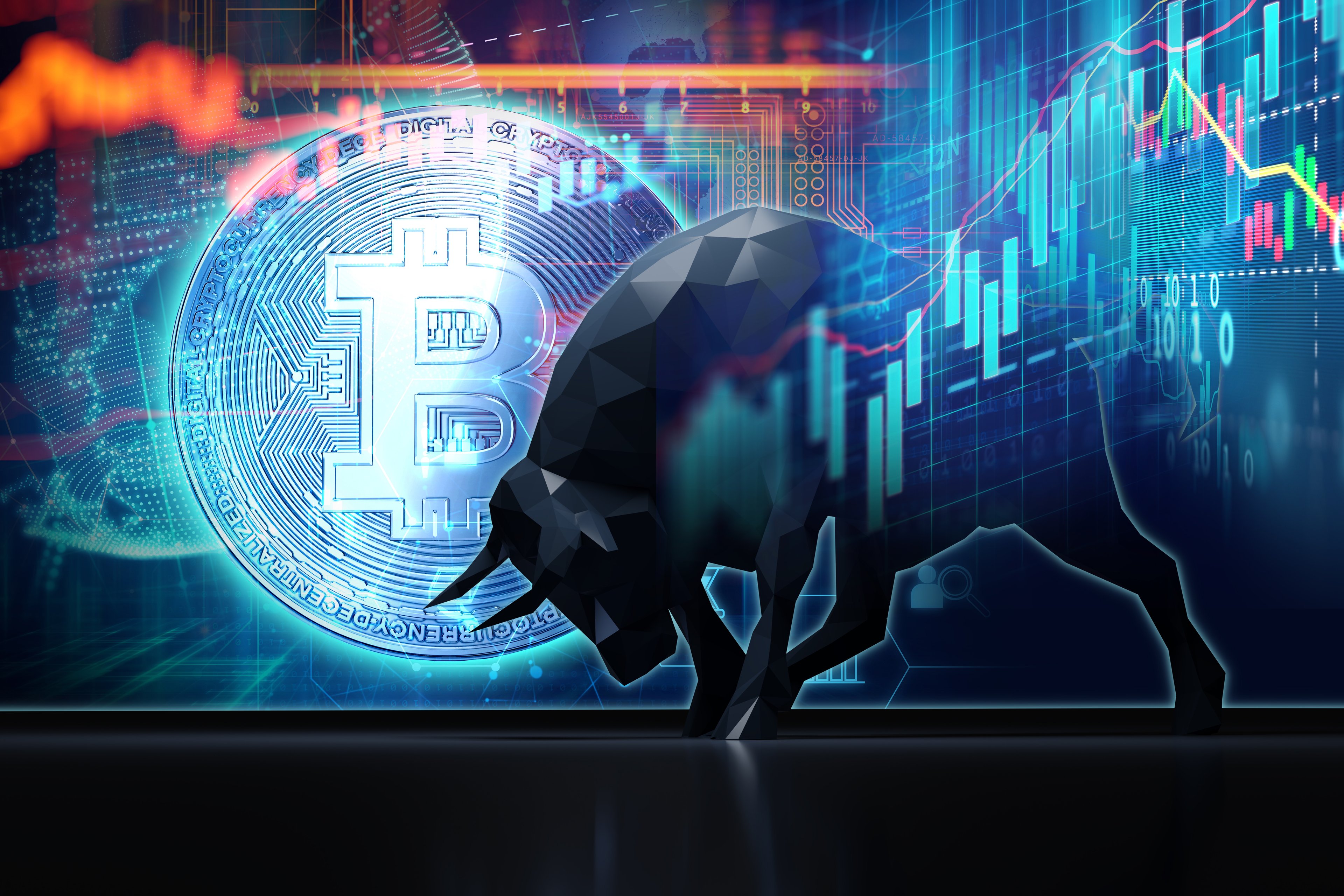Break out the party hats, because Bitcoin (BTC 0.02%) just set a fresh record, reaching $118,856 on July 10 and leaving its old $111,560 peak in the dust.
Hitting a new all-time high always tempts investors to either pile in or bolt for the exits. Making good on either of these impulses is suboptimal. The smarter path is to continue to accumulate this coin methodically while others act impulsively.
Let's explore why Bitcoin is just as worth buying now as when its price was a lot lower.
The same old supply story keeps driving prices higher and higher
The coin's price on any given day is just an arbitrary value denominated in fiat currencies like dollars, and that doesn't change simply because the price is higher than it has ever been before. The more important factor to examine is Bitcoin's supply, or lack thereof.
About 94% of all possible bitcoins have already been mined, and roughly 20% of the supply is believed to be lost forever through misplaced keys or forgotten crypto wallets. Even better for holders, April 2024's halving slashed the daily output of new coins from 900 to 450 coins. And the next halving, which should occur late in the first quarter or early in the second of 2028, will halve the daily output once more.
In other words, the supply situation facing buyers of this asset is never going to be any better than it is right now, and it is not particularly easy to come by at the moment.

CRYPTO: BTC
Key Data Points
Furthermore, demand for Bitcoin is no longer driven by enthusiasts, but rather by institutional investors who have vast sums of capital and who tend to prefer to keep it allocated for longer than the average retail investor.
Bitcoin exchange-traded funds (ETFs) vacuumed up $4.6 billion in net inflows in June alone, meaning there's that much less public float for new investors to purchase without pushing the coin's price upward.
Major companies are also looking to build or maintain their crypto allocations. Tesla holds 11,509 coins, worth almost $1.4 billion. Beyond that, new Bitcoin treasury companies copying the approach of Strategy are sprouting up with the sole purpose of buying and storing coins using as much leverage as they can get their hands on, further choking supply.

Image source: Getty Images.
These new types of holders will only sell if they are forced to by their creditors, and that situation is nowhere near happening.
At the same time, many governments are either looking into or already accumulating Bitcoin. An executive order in March mandated the creation of the U.S. Strategic Bitcoin Reserve (SBR), earmarking coins forfeited in legal proceedings for permanent federal custody. Though the SBR is not yet implemented, and it faces some legal barriers before it can be, the point here is that powerful people are pulling the levers with the goal of getting Bitcoin onto their sovereign balance sheets.
The result of all these forces is a multifront squeeze in which every marginal buyer must bid against institutions, treasury companies, corporations, and sovereigns for a pool of coins that is constantly growing more slowly.
And that's the stuff that dramatic price squeezes are made of.
It's a good idea to be buying now -- and later, too
The fear of being in a bubble is inevitable when an asset posts new highs, and Bitcoin is no exception.
The most important thing to recognize is that today's backdrop looks healthier than in 2021 during the last crypto bull market. Back then, leverage and cash-flushed retail buyers ruled the day, making for a chaotic experience that didn't quite fit into what most had calculated.
Now, ETF-driven demand, balance sheet strategies, and significantly increased regulatory clarity are fueling the rally. Notably, there is evidence that ETF inflows continue even during price pullbacks, suggesting patient capital is replacing speculators and taking actions that support the coin's long-term price appreciation.
And on the sentiment front, investors seem to be fairly cautious on average rather than being irrationally exuberant, which one would expect during a bubble. So the conditions are fairly different from 2021, and most of the bubble indicators are not showing anything concerning just yet.
It's also necessary to recognize that despite its new highs, Bitcoin's price could still fall by a lot under the right set of conditions. If inflation rears its head in the U.S. again, it is unclear whether the crypto would behave as an inflation hedge, or whether the bearish monetary policy that would follow an uptick in inflation would undermine its recent gains.
On that note, a crash in the coin's price doesn't disprove anything about its investment thesis, but it could still derail your portfolio if you aren't prepared for it.
The antidote to medium-term bumpiness like this is dollar-cost averaging, wherein investors commit to buying a fixed sum of an asset on a fixed schedule, ignoring day-to-day moves and lengthening their investment time horizon by a few years. If the market soars, these small, regular buys keep fear of missing out (FOMO) in check. And if prices tank, you buy more units automatically, so you get the upside in the long run all the same.
With supply tightening, institutions rushing in, and sovereign buyers lining up, today's record price is likely just a soon-to-be-forgotten signpost along the highway, just like price levels of most of the past all-time highs.
Keep your eyes on the horizon, at least three to five years out, and take action now to make sure that you will be profitable then.







